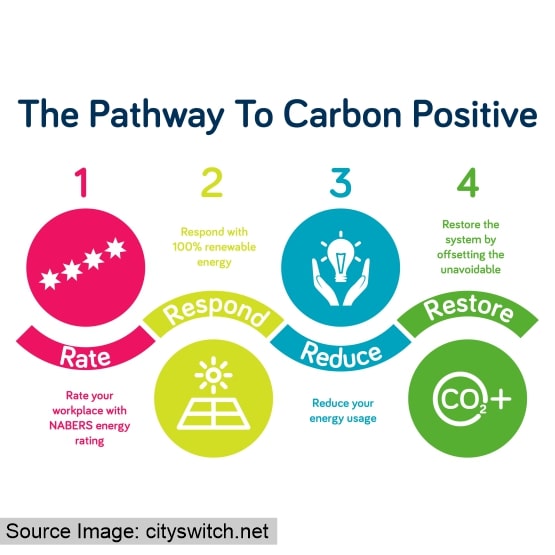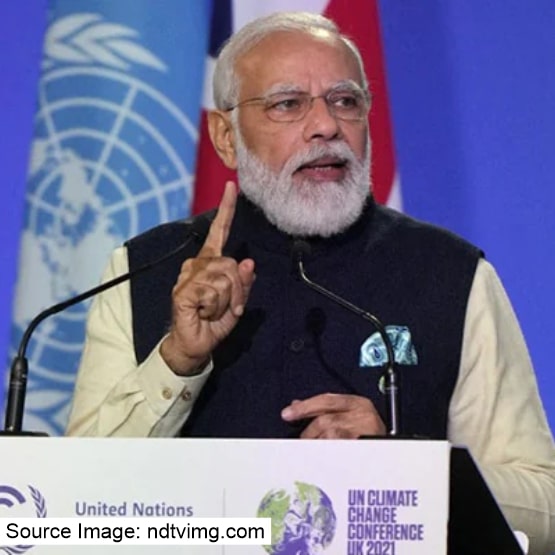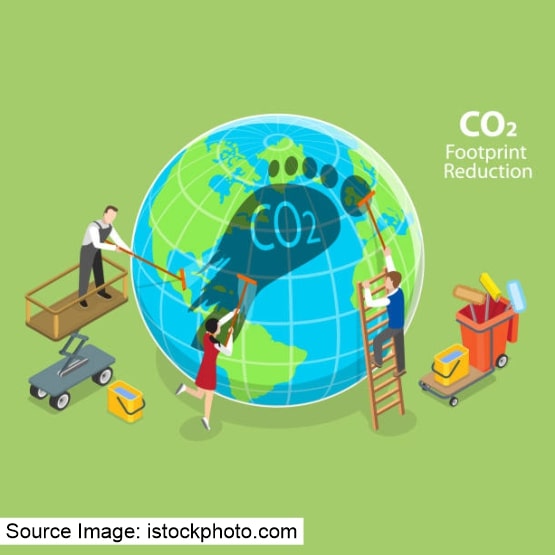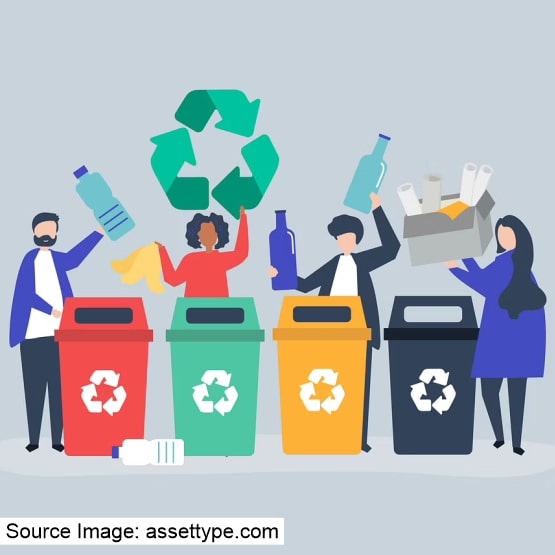Net-zero emissions refer to achieving an overall balance between greenhouse gas emissions produced and removed from the atmosphere, through natural means or by using the still developing carbon capture technology.
On the recycling front, India generates 9.46 megatons of
plastic waste each year, out of which, half are used in packaging, most of which are single-use in nature. Of the total plastics produced, 40% of plastic is not collected. It is either burnt, lost, or dumped into landfills or waterways. If the world continues to move on this path,
global warming will be significantly more than 2°C by the end of the century. We need innovative, scientific, and urgent steps to secure humanity’s future and meet India's net-zero target.
Net-zero 2070
The world’s third-largest emitter of greenhouse gases surprised the world by setting a target for net-zero carbon emissions after years of rejecting calls for it. India’s
Prime Minister Narendra Modi spoke at the World Leader's Summit session at the 26th Conference of Parties (COP26) Climate Conference in Glasgow, Scotland on November 2, 2021. He said, " India is aiming for
net-zero carbon emissions by 2070". While it’s the first time India has made such a pledge, the timeline is still two decades beyond the 2050 target set by the climate summit’s organizers.
India’s road to net-zero
carbon emissions will be long and challenging. While it is not impossible, it will need a lot of strategic planning in the decades ahead.
The net-zero commitment is part of a strategy of Panchamrit or the “Five Elixirs.” Four out of five of these elixirs are short-term goals that would pave the way for achieving a net-zero emissions target by 2070.
They include the following:
- India will expand its renewable energy capacity to 500 gigawatts by 2030;
- Around 50% of its energy needs would come from renewable sources;
- It will reduce total projected carbon emissions by a billion tonnes between now and 2030;
- India will reduce the carbon intensity of its economy by less than 45%.
The India Plastics Pact (IPP)
World-Wide Fund for Nature-India (
WWF India) and the Confederation of Indian Industry (CII) have joined hands to develop a platform to promote a circular system for plastics. The new platform called the ‘India Plastic Pact’ was launched by Alexander Ellis, British High Commissioner to India. Commitments made under this pact aim to keep plastic packaging in the economy and out of the natural environment and develop collaborations between businesses and NGOs to collectively achieve long-term targets. The statement mentioned 17 businesses, including major FMCG brands, manufacturers, retailers, and recyclers, have committed to the pact as founding members, and nine have joined as supporting organisations.
As the world’s fourth-biggest carbon emitter, these targets marked India’s knowledge of the issue of climate change, and its commitment to address it. But with the country’s industrial practises headed in a different direction, can it realistically achieve net-zero in the next 50 years?
The India Plastics Pact’s (IPP) targets to be achieved by 2030 are:
- Define a list of unnecessary or problematic plastic packaging and items and take measures to address them through redesign and innovation
- 100% of plastic packaging to be reusable or recyclable
- 50% of plastic packaging to be effectively recycled
- 25% average recycled content across all plastic packaging.
The IPP targets will address the elimination of unnecessary and problematic
plastic packaging, ensure packaging becomes reusable, recyclable, or compostable. Alexander Ellis said, “An initiative to reduce plastic waste in India has been launched by Prime Ministers Boris Johnson and Narendra Modi. The UK is proud to be India’s biggest European research partner, with £400 million of joint investment since 2008. It will complement India’s other bold initiatives in the renewables sector and efforts to limit single-use plastics.”
The pact provides a strong platform for Indian businesses to drive actionable, sustainable solutions and speed up the transition toward a circular economy.
What can be done for the 2070 target?

As for the implementation of India’s commitments, 2070 may seem a long way off, but actions have to begin now. Major transformations will be needed in many spheres. Cities will have to take multiple and coordinated actions to reduce carbon emissions. Buildings must be designed to use less energy. Large manufacturing companies, and their associated supply chains, must scale up the use of clean energy and become energy efficient. Farming must start adopting more sustainable practises. We need to identify sources and pathways of plastic pollution in river systems in India, with a focus on the Ganga river being the top contributor to marine pollution, and tackle plastic at different stages of its life cycle ensuring that rivers transport lesser plastic into the marine ecosystem.
These actions would not be easy and the starting point will have to be in creating much better awareness across multiple stakeholders, creating thousands of champions who can lead the design, development, and implementation of climate solutions, and a continuous pool of qualified manpower to take up jobs that this action will require.
Conclusion
Achieving net-zero by 2070 means action must begin now. We must recognize that the complex climate jargon and vocabulary are understood only by a few. If we want to implement climate solutions on the ground, this vocabulary needs simplification, so as to be understood by billions. People at large must advocate climate action, for which they must first understand it. To deal with discarded plastics in the ecosystem, restoring coastal blue carbon habitats such as mangroves, tidal marshes, and seagrass meadows become important. These habitats trap and bury plastics, preventing them from entering marine ecosystems. They trap more carbon than terrestrial forests. Finding solutions to address two of the most critical global problems of this century, namely
plastic pollution and climate change, would help us achieve net-zero goals while protecting communities and habitats. How far India and the world can go with limited short-term emissions reduction and ambitious long-term climate action plans is something that remains to be seen.




